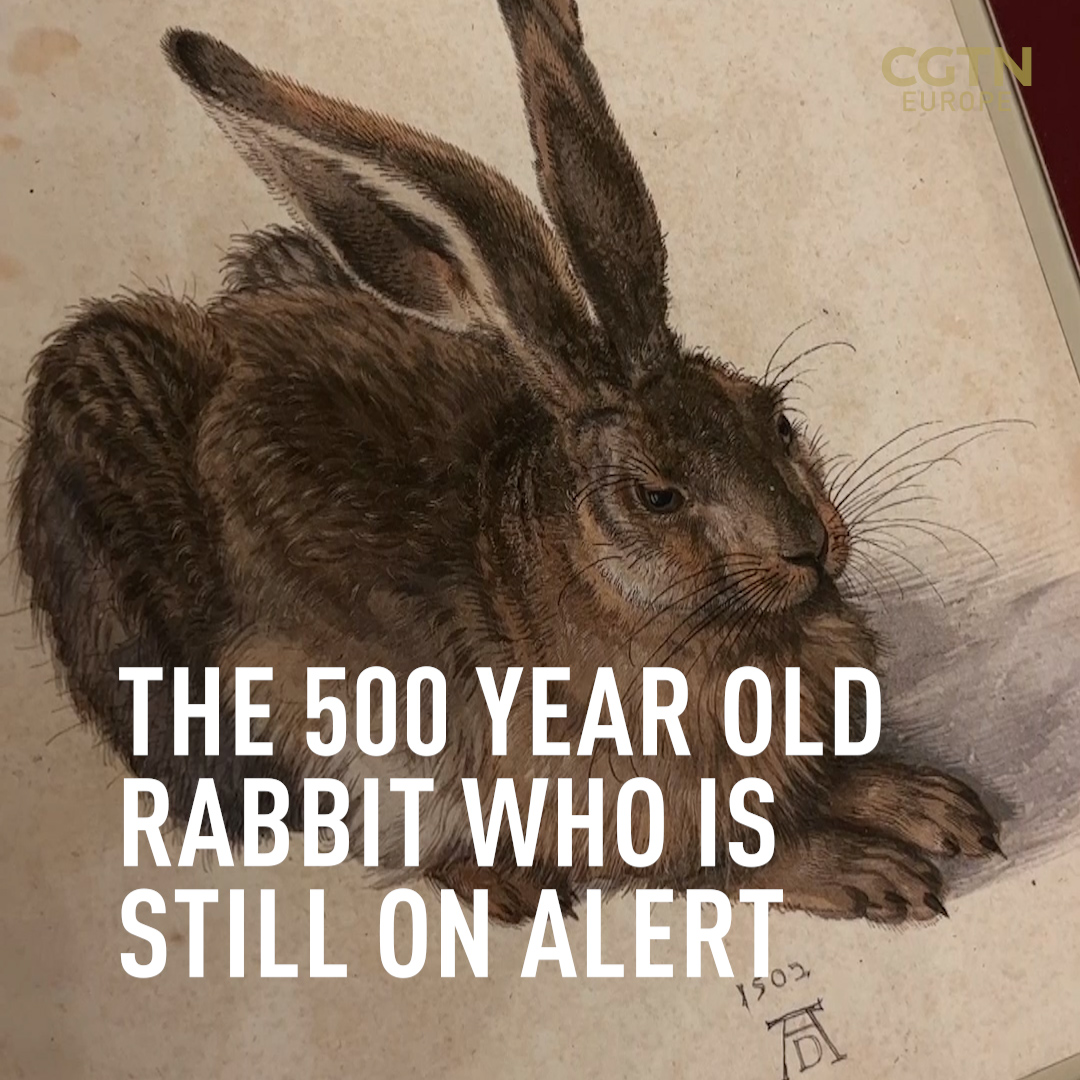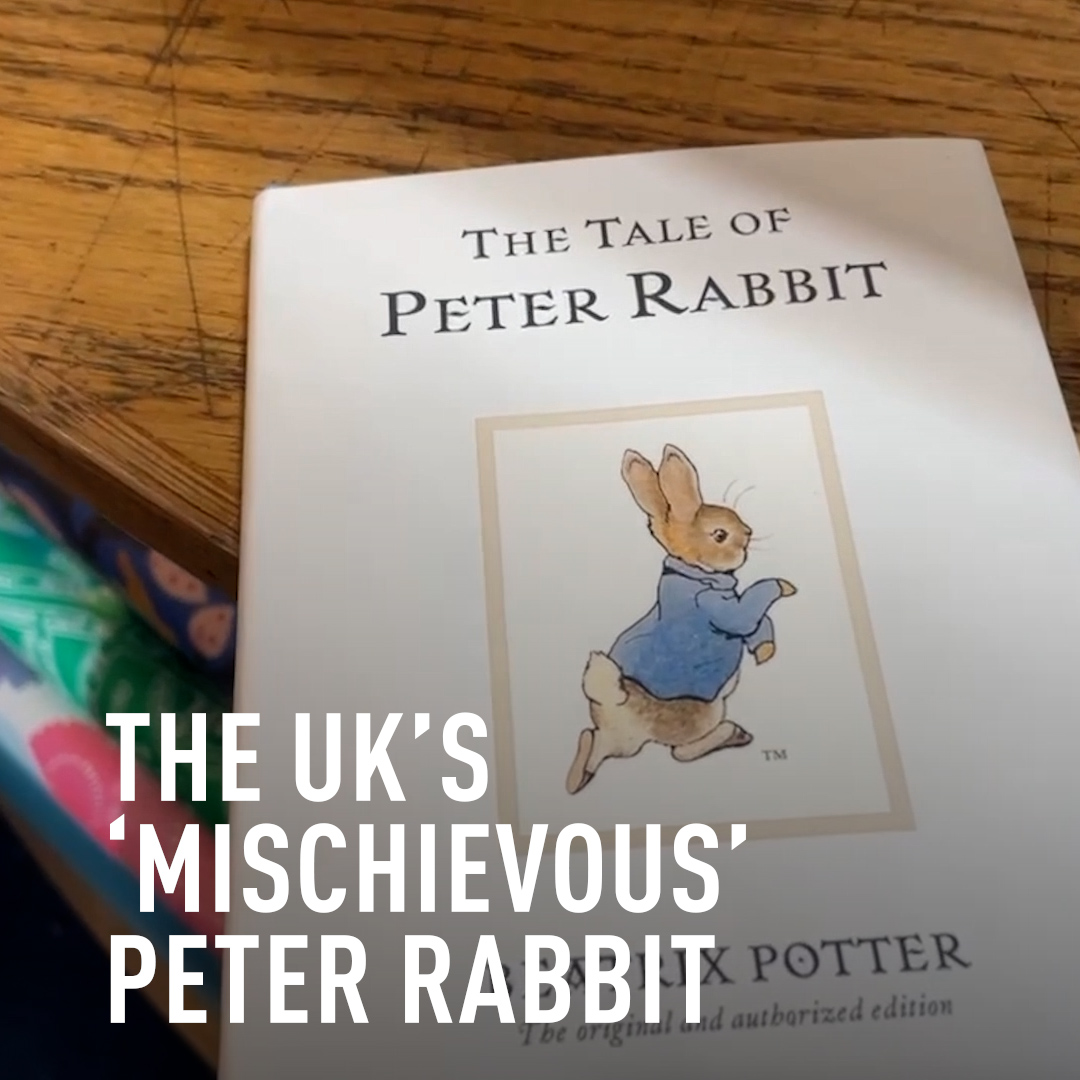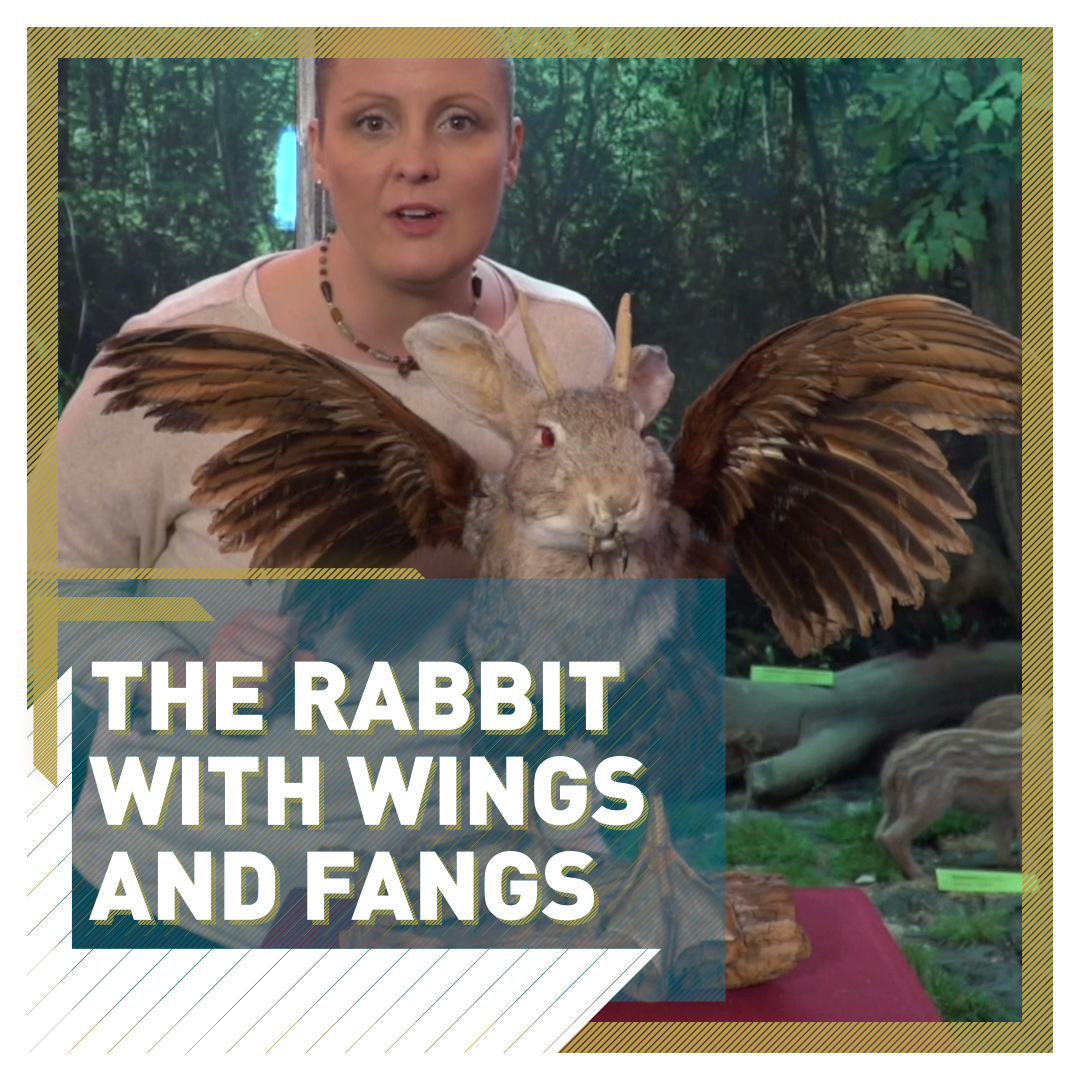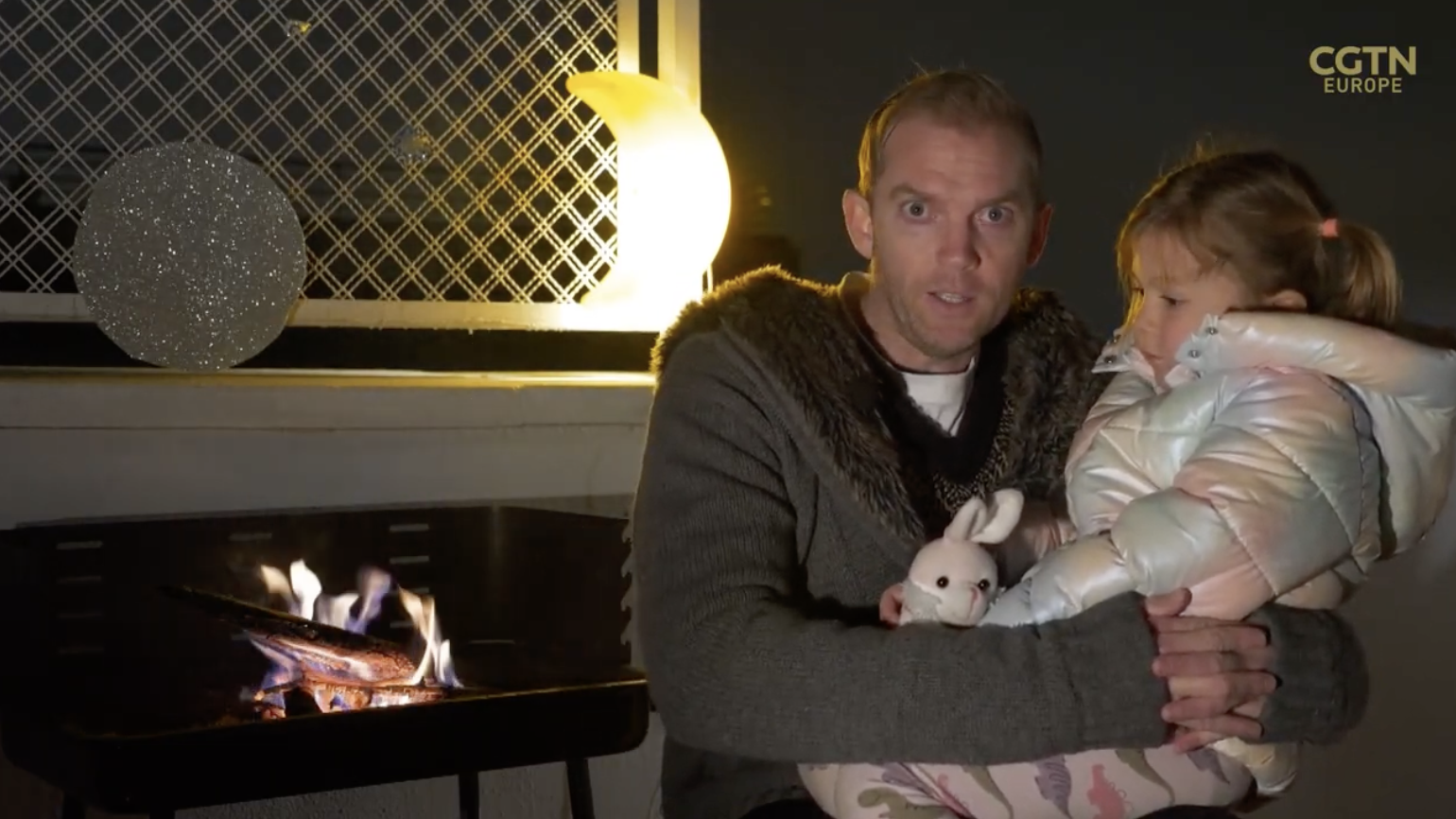It is now the Year of the Rabbit, and to celebrate we take a look at some famous tales from across Europe involving the fluffy animal.
00:47

Austria – Feldhase
Painted more than 500 years ago, Feldhase (Young Hare) by Albrecht Dürer attracts hundreds of thousands of visitors every year to Vienna's Albertina museum, says CGTN Europe's Johannes Pleschberger. It's probably the world's most famous rabbit depiction.
But why is it so special? Until it was painted, depictions of animals were always wrapped up in religious images. Also, the art piece is astonishingly realistic – you almost think you can stroke the soft fur and feel the delicate bone structure.
00:46

UK – Peter Rabbit
In the UK, Peter Rabbit has been widely adored by audiences of all ages for more than a century. Written and illustrated by Beatrix Potter, The Tale of Peter Rabbit (1902) follows the mischievous adventures of this young rabbit, says CGTN Europe's Lucia Brienza.
The book is one of the best-selling ever and has been translated into 36 languages with over 45 million copies sold.
The original story focuses on Peter, a rabbit who escapes home to embark on an adventure. On his travels he comes across obstacles such as an angry gardener and unsuspecting cats, all in an attempt to get his hands on Mr McGregor's home-grown vegetables.
Since the initial release of The Tale of Peter Rabbit, the character has appeared in a TV show in 2012, a film in 2018, followed by a sequel in 2021, and continues to be adapted and expanded in the literary world today.
01:21

Germany – Wolpertinger
The Wolpertinger – is it a wolf, deer, bird or a rabbit? The truth is it's all those animals in one, says CGTN Europe's Natalie Carney.
Found only in the depths of the Bavarian forests and the heights of the Bavarian mountains, no two Wolpertingers are alike; the combinations of native animals differ from one creature to the next.
According to a 200-year-old legend, the Wolpertinger is said to have been born of a rabbit and a roebuck. The young had the head and body of a rabbit with the antlers of a roebuck. Soon after, other forest animals also mated with each other, bearing young that don the different body parts of their parents and ancestors.
02:22

Spain – The rabbit that went to the moon
According to ancient folklore, a Mayan god came to earth in human form to see all the planet's earthly beauty, says CGTN Europe's Ken Browne.
Having climbed majestic mountains and roamed sun-soaked valleys, he felt a little tired. On waking, he felt hungry and suddenly a rabbit appeared by his side munching on grass. "Want some?" the rabbit said. The god laughed and said: 'Thank you kind rabbit, but humans don't eat grass.'
The rabbit replied: 'Oh, well let's find you some food to eat.' Touched, the god lifted the rabbit up to the moon, where his image would stay forever: A small kindness that led to immortality.
01:34

Hungary – The rabbit with checkered ears
Arguably the most famous rabbit in Hungary, says CGTN Europe's Pablo Gutierrez, is called A kockásfülű nyúl.
In English that's The Rabbit with Checkered Ears. It remains a well-known and loved Hungarian animated children's TV series.
The show first aired in 1977 and ran for 26 episodes on Hungarian TV. There was no dialogue, but the character's fame spread through central Europe. Stations in at least 90 countries picked up the series.
Viewers in the U.S. loved the character after he was incorporated by Nickelodeon, becoming known as the 'Bunny in the Suitcase.'